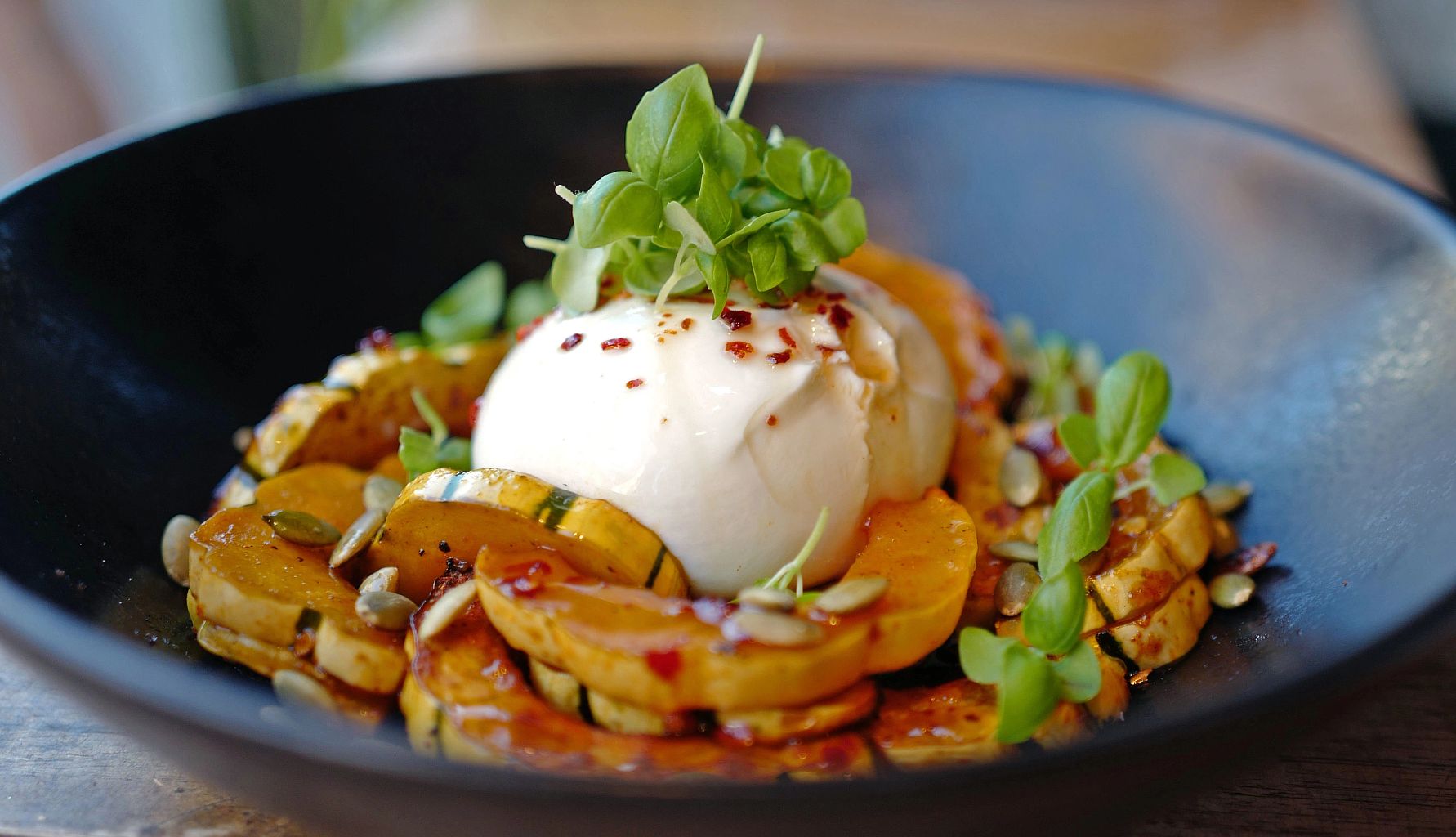AARP Hearing Center


When chef Leah Delyte Di Bernardo hit her 50s, she noticed she wasn't feeling that great. She began to pay attention to food and switched up the way she was eating. One of those changes: she started to eat more winter squash. “I feel really good when I eat squash,” says the 56-year-old chef, educator, and owner of two restaurants in Southern California: EAT Marketplace, in Temecula and Hello You're Welcome, in Pasadena.
Winter squashes are versatile; they can be prepared as a savory or sweet dish. And they're easy to find. You'll usually find several varieties at your local grocery store and lesser-known options at farmers markets or specialty grocers.
Below find tips on working winter squash into your diet, plus five recipes to get you started: Acorn Squash Olive Oil Cake | Cosenza Pizza with Butternut Squash | Delicata Squash and Burrata | Kabocha Risotto | Spaghetti Squash and Gouda Cheese Fritters
Squashes are part of a disease-fighting diet
Packed with essential nutrients including fiber, magnesium, potassium, vitamins C, B6, and beta carotene, squash are an important part of a disease-fighting diet, according to the Harvard School of Public Health.
"As we get older, we are more at risk for certain types of chronic diseases," says Beth Goodridge, a registered dietitian with Kaiser Permanente in northern California, adding that winter squash is one of those foods that “has a lot of superpowers.”
How do those nutrients in squashes work for older adults? Here’s a sampling: The beta carotene helps your body fight macular degeneration, the fiber works to help prevent colon cancer and keeps you full so you can maintain a healthy weight and the flavonoids can help inhibit cancer cell growth.
So how can you incorporate more squash into your diet?
Whether you're a novice or an experienced cook, winter squash is easy to prepare. "People shouldn't be afraid of them," says Michael Ayoub, the executive chef and owner of Fornino in Brooklyn, New York.
Here are five winter squash recipes from restaurant chefs to make an easy side dish, main meal or dessert. But let’s start with dessert because, why not.






































































You Might Also Like
Is Pumpkin Spice Latte Bad for You?
Healthier ways to enjoy fall’s favorite drinkSmart Guide to Reducing Food Waste
From planning ahead to how to use food scraps, here are 49 tips to save your food and money25 Great Ways to Curb Sugar Cravings
Simple tips for cutting back on the sweet stuffRecommended for You